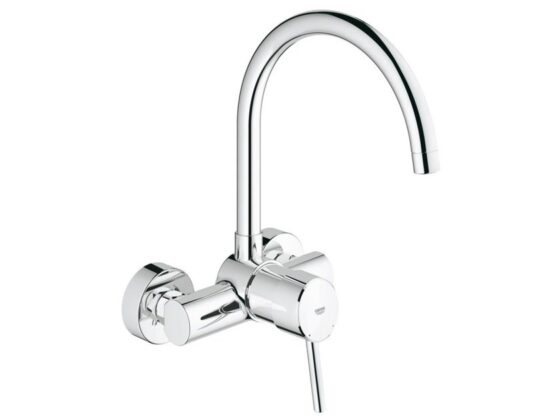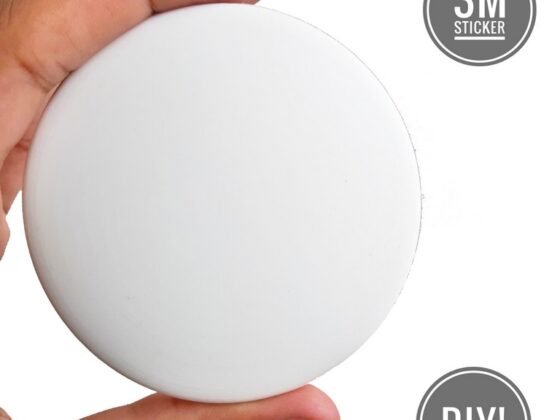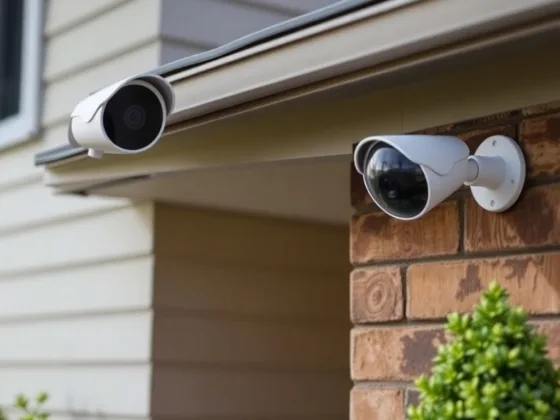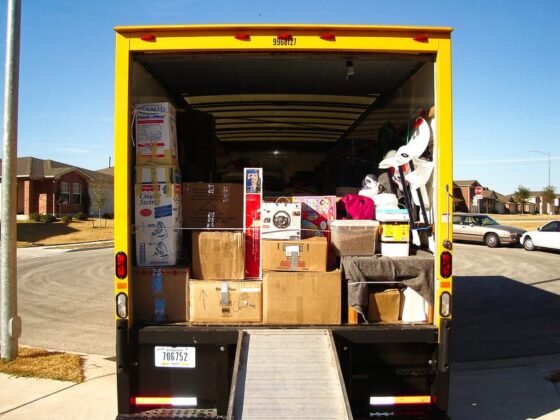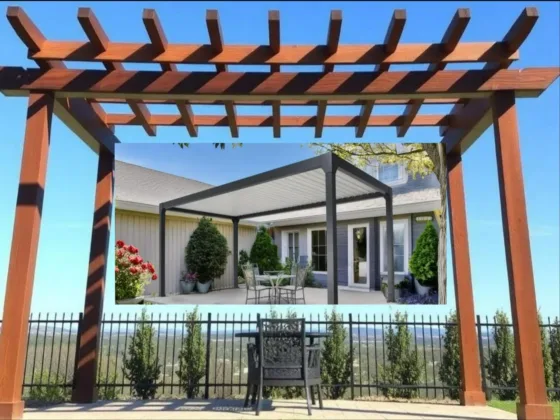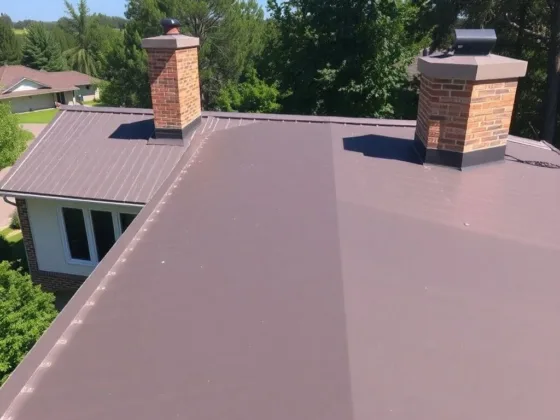Table of Contents Show
The roof of your commercial building is subjected to a lot of elements that can affect its performance. Factors like design, installation, products, maintenance, usage, and the kind of weather the roof is exposed to. If you ignore the roof problems caused by these factors, they can lead to bigger, more costly repairs.
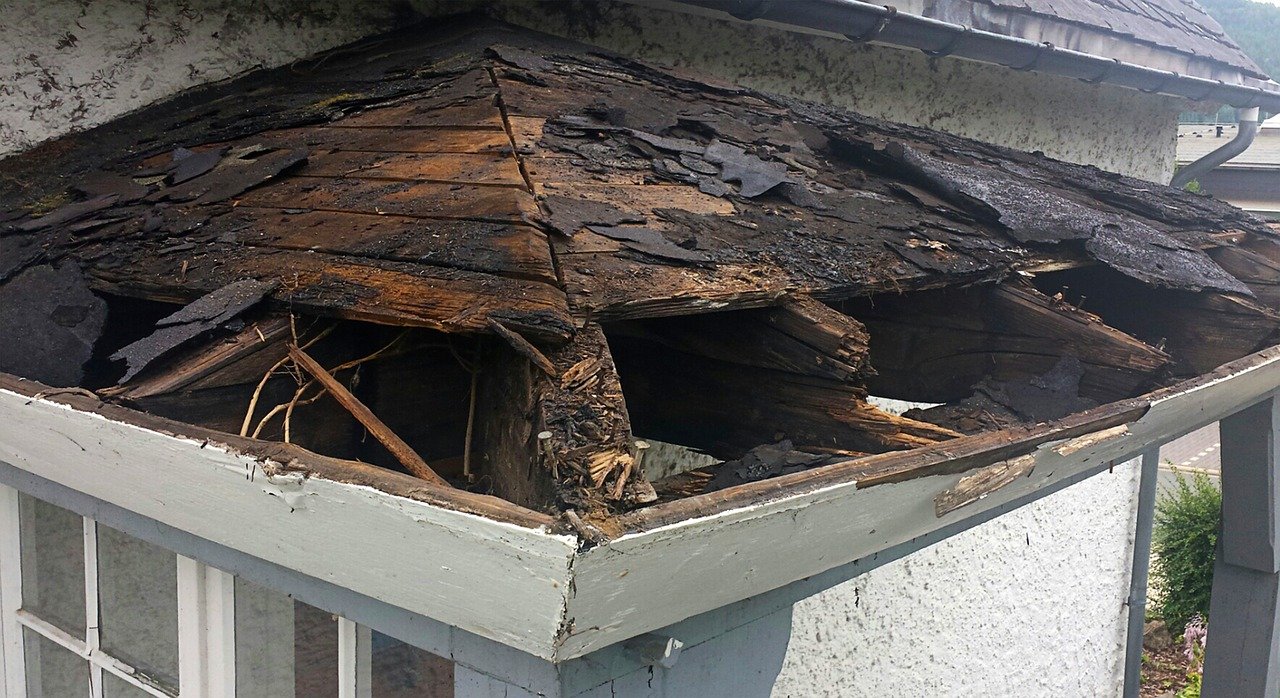
We’ve listed the six most common commercial roof problems and how to fix them. If you notice any of these, don’t wait to take the necessary measures mentioned in this article.
Read Also:
- Reasons Why You Need to Have Your Leaking Roof Repaired on Time
- Fix it Up: 5 Signs That Will Tell You It’s Time to Repair Your Roof
- Roofing Guide: How to Replace a Roof Quickly and Effectively
- Tips for Choosing the Best Commercial Roofing Contractor
- Roofing Guide: Roofing Tools and Supplies
- Types of Commercial Roofing
1. Roof Leaks
Roof Leaks are a common phenomenon in most of the commercial buildings. It is advisable not to ignore the roof leaks – no matter how small or insignificant they might seem to be.
Solution: Have a bi-annual preventative maintenance routine.
2. Roof Blow Offs (Billowing)
The main cause of Roof Blow Offs (or Billowing) is Wind uplift. The Space formed between the moving wind and the roof creates suction. As a result, the weaker roof materials get sucked. Single-ply roofs are more susceptible to blow-offs due to wind uplifts.
Solutions:
- Proper application of the roof materials
- Request building code specifications from your contractor during the roof installation
3. Roof Punctures and Penetrations
Single-ply roofing systems face this issue consistently. The major reason for roof punctures and penetrations is the damage from the foot traffic during roof maintenance. Abrasive shoe soles can tear through the roof membranes, especially along a ballasted roof.
Solutions:
- Conduct a roof inspection post-maintenance
- Try to limit the foot traffic as much as possible
4. Blistering
Blistering is symptomatic with BUR, although single-ply roofs are also prone to blisters. If not addressed initially, they can lead to bigger problems. According to CARE, inadequate attachment of hot bituminous roof systems can lead to blistering.
Solutions:
- Ensure that the asphalt is heated to a proper temperature
- The membrane should be torched properly
5. Poor Roof Installation
Poor roof workmanship is a common phenomenon in America. This usually happens when inexperienced, uncertified, or cheap contractors take up the roof installation work. This leads to a number of roofing issues like leaks, blow-offs, shrinkage & punctures as time passes by.
Proper roof installation, if done right in the first place, can eliminate so many issues related to it. Make sure you get this step right and save yourself from a lot of roof issues.
Solutions:
- The roof should be nailed down properly
- Drip Edges must not be neglected
- Flashing Barriers must be installed
- Starter Shingles should be installed properly
6. Standing Water
The issue of standing water (or ponding water) happens when leaves and other debris gather in the drains and clog them up. As a result, the water sits in the drains or pools on the roof.
The poor roof design can also result in Standing water. The low pitch or roof-angle is not guiding the water to the drains, resulting in puddles of water accumulating on the roof. Over time, this leads to far bigger issues.
According to NRCA, when large pools of water stand for more than 48 hours on the roof, it can start to damage the structural integrity of the roof due to its weight.
Solutions:
- Frequent cleaning & maintenance of the drainage systems
- Use tapered roof installation or roofing drains
- Eliminate Roof flashing, if present
Bottom Line
Having your roof inspected frequently – say, every 6-12 months is key. There are a number of commercial roofing contractors that can do the job for you.
Don’t ignore even the minor issues because they can turn into major problems in no time. If addressed immediately, most of the minor roof problems will cost less and can be wrapped up on the same day.

